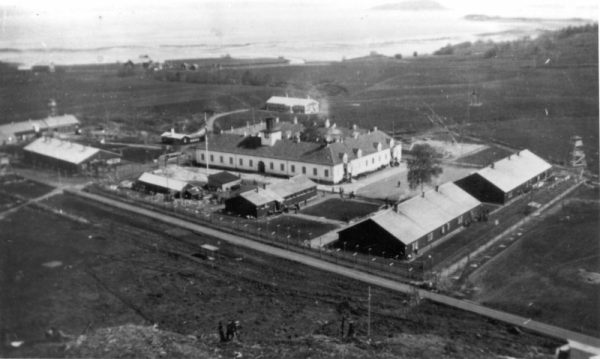Falstad and other camps
The Nazi occupation regime established a network of camps, prisons, and execution sites in Norway. Over 600 major and minor camps were established. Most were labour camps for prisoners of war and forced laborers who worked on German construction projects. In line with Nazi racial ideology, some were deemed less racially valuable than others. Soviets, Eastern Europeans, and Yugoslavs were treated the worst, and many died from disease, mistreatment, accidents, and hunger.
In addition to labour camps, political prisons and detention camps were established. The largest was Grini, located outside Oslo, where almost 20,000 people were held during the war. Another prison camp was located at Falstad in Levanger. It was established by the SS in 1941 and was a camp for political prisoners such as communists, hostages, and others whom the authorities wanted to punish. Many foreign prisoners were sent to Falstad, mainly from the Soviet Union and Yugoslavia, but also from Poland and Denmark. In total, over 4,000 prisoners from at least 15 different countries were held in the camp. The male Jews in central Norway were also transported here after the arrests of Jews began in 1942.
The treatment of prisoners at Falstad varied over time and based on where they were from. The period from 1942 to 1943 was particularly bad for the inmates. They were subjected to slave labour, violence, and torture, and over 200 prisoners are believed to have been killed in the nearby Falstad Forest.


